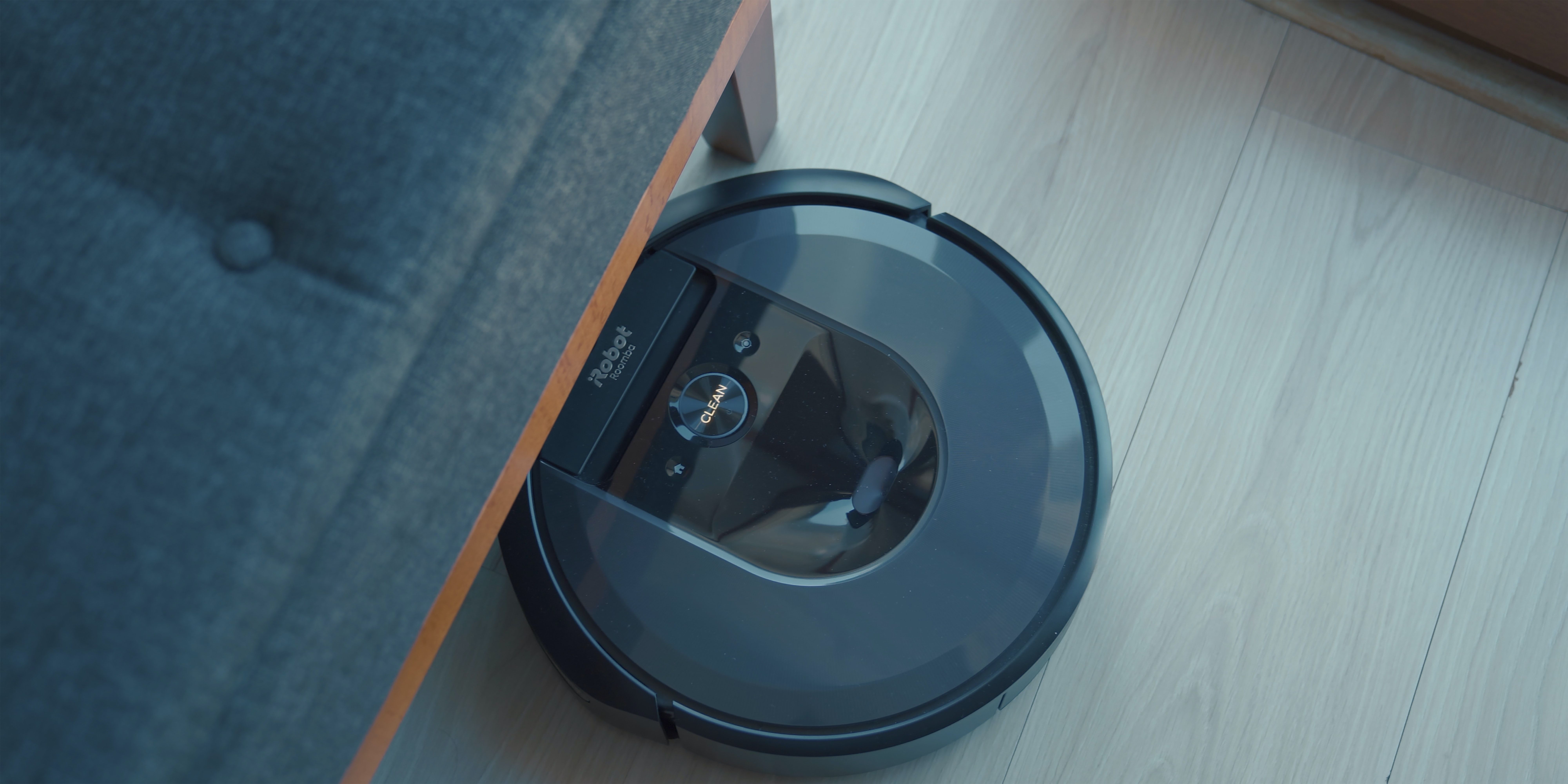Attachment Parenting is certainly a buzz phrase these days. But honestly, what exactly does it mean to ensure a secure attachment between you and your child? Attachment parenting, in essence, is a parenting style that aims at creating a strong, stable, confident bond between caretaker and child.
Attachment theory was theorized by Mary Ainsworth in the 1960s and then further developed by John Bowlby in the 1990s. As parents consider the pros and cons of this parenting style, many seem to think the benefits outweigh any drawbacks. The primary incentive seems to be that securely attached children grow up with social, emotional, and cognitive advantages.
As well, securely attached children are shown to have improved physical health outcomes as adults. All that said, how exactly does one foster a secure attachment, and how can you tell if your little one is securely attached?
How To Foster A Secure Attachment
Caretakers that are responsive and sensitive to their child's needs seem to form more secure attachments. While this may seem simplistic on its face, parents today are sometimes scolded by older generations for spoiling or coddling infants. When in reality, responding to a child's needs does not inherently spoil them.
In fact, when a toddler cries and signals of distress are met by a nurturing caretaker, it strengthens the toddler's confidence in that caretaker. In turn, this leads to a toddler who feels like their environment is safe and stable.
Mary Ainsworth's guidelines for secure parenting include:
- Noticing their signals (e.g., fussing or crying),
- Accurately interpreting these signals (e.g., understanding what they want), and
- Responding promptly and appropriately.
Does this mean that the second you hear your toddler make a noise that it's cause for you to rush over and panic? Not necessarily. Being sensitive and attentive doesn't equate to being in a state of hypervigilance. An anxious or frantic parent might be counterproductive to a secure attachment. It does require listening and watching to learn your child's cues so that you might learn to interpret their needs. This parenting style asks you to respond to your kids' needs in a timely way, doing your best to comfort them when they show signs of stress.
Securely Attached Children
How can you tell if you're developing a secure attachment with your child? Common signs of an attached kid include:
- Preferring your company to that of a stranger
- Seeking your attention for comfort
- Showing signs of welcome/relief when you return from an absence (from the other room, from work, etc.), and
- Showing signs of confident independence and curiosity.
Why The Dishes & Laundry Can Wait
All of this information is great - except most caretakers aren't able to stare lovingly into their toddler's eyes at all hours of the day, no matter how badly they want to. Whether working full-time or being a homemaker, it can sometimes feel like there's a never-ending list of domestic work to be done. Laundry, dishes, vacuuming, pet care, dinner, and the list goes on. Therein lies the problem, right? How is it possible to get all of that done, while also prioritizing being present and attentive to your child?
The short answer is, you can't. The myth that moms or dads can do it all is incredibly harmful. There are only so many hours in a day, and you probably only have two hands.
First Time Moms: It’s Okay If Your House Isn’t Perfectly Organized & Clean
It's Time To Prioritize
The first step is to find out what on your to-do list can wait. Will the world fall apart if you don't vacuum or get the dishwasher loaded right this second? Probably not. While it's true that most of us are more comfortable in a clean and clutter-free environment, sometimes it just needs to wait. Fostering a secure attachment with your child takes time and attention, and your child doesn't care about the baseboards in the bathroom being dust-free.
Prioritizing this style of parenting is a rejection of the expectations that society puts on parents, particularly on mothers. Being sensitive and attentive to your toddler might mean a few frozen dinners for the family or some dust collecting on the mantle, and that's okay!
Prioritize You & Your Kids
It's understandable to feel the pressure to keep your house in tip-top shape and be the best parent that you can be. Whether that pressure is coming from an internal or external source, it can be difficult to ignore. But in order to prioritize your toddler's well-being and protect your own sanity, let the mess stay where it is from time to time.
As well, don't be afraid to automate (hello, robot vacuum) and delegate (older siblings, spouse, in-laws) whenever you can.
Finally, you don't need to have an "Instagram-worthy house" in order to be a good parent.
Sources: Launchpad Counseling, Parenting Science, Parenting Science





